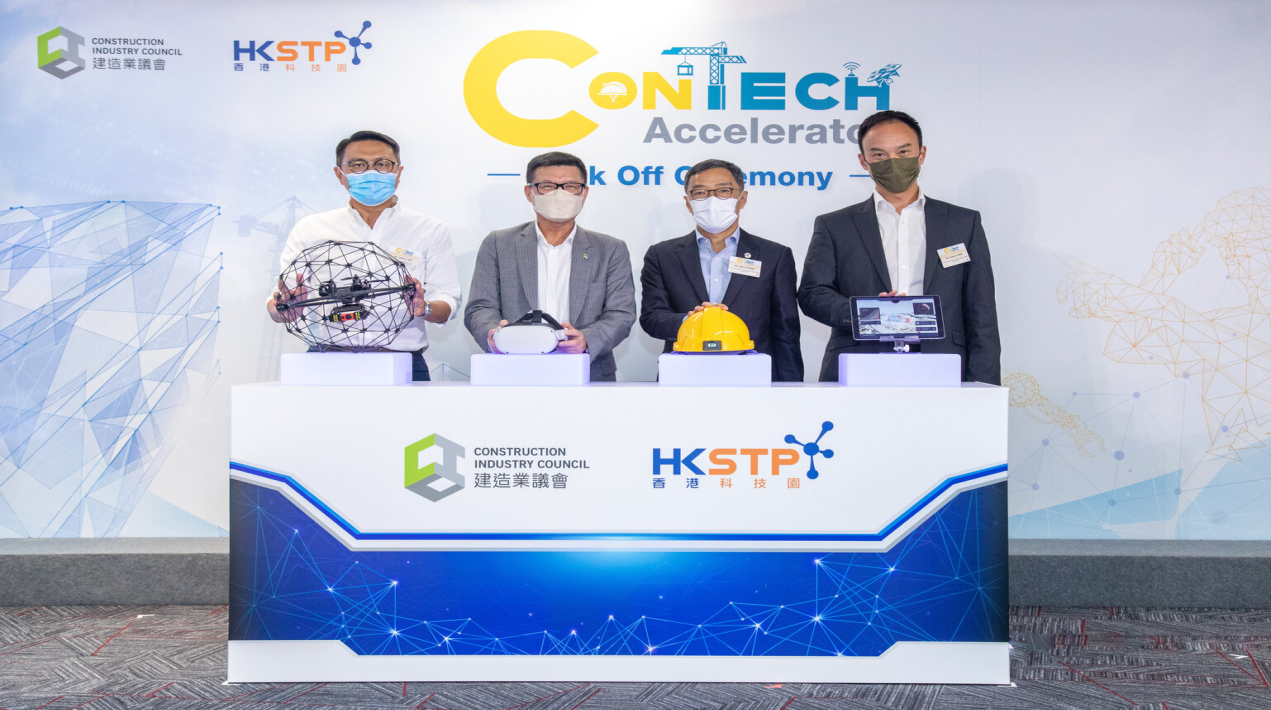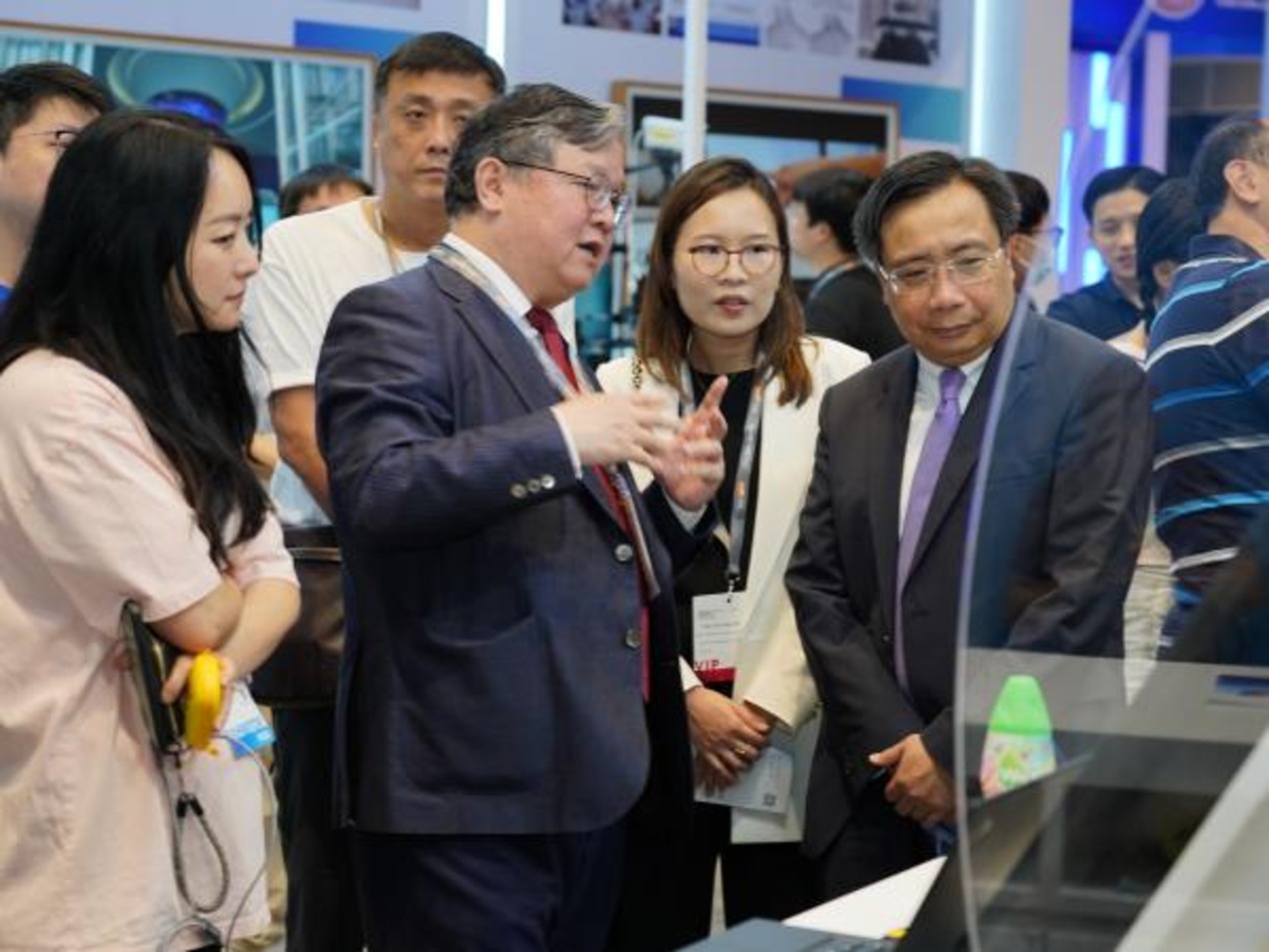
The Hong Kong Science and Technology Parks Corporation (HKSTP) and The Construction Industry Council (CIC) announced the launch of Hong Kong’s first ConTech-focused innovation acceleration programme – the ConTech Accelerator.
Focusing on construction safety, sustainable construction and construction productivity, HKSTP is partnering with CIC to create a unique platform to drive the best practice of ConTech trials and adoption across a range of different scenarios in sites and premises.
The total construction output in the coming decade is forecasted to reach HK$225 billion to HK$345 billion, propelling the construction industry to further enhance productivity, sustainability and safety performance. To enable the industry’s search for appropriate construction technology, the ConTech Accelerator will act as a platform to match the CIC’s extensive network of corporate partners, as well as HKSTP’s 20 years of foundation to nurture a vibrant I&T ecosystem and its tremendous pool of start-ups and tech ventures.
The programme aims to establish a platform that evolves and shares best practices and techniques for ConTech solutions, while corporate partners joining the programme will provide problem statements, real sites for trial and industry feedback to tech ventures under the moderation of HKSTP.
The CEO of HKSTP stated that the construction industry is setting sail on its journey to digital transformation. HKSTP and CIC share the same vision to promote the adoption of innovative techniques and solutions in the local construction industry.
He noted that the ConTech Accelerator, in partnership with CIC, has gathered the industry’s best sector leaders and provides the ideal trusted platform for co-creation and innovation for 20 corporations and emerging tech ventures to create a more innovative, safer and stronger construction environment while facilitating cross-sector collaborations to accelerate commercialisation and creating new opportunities for the Hong Kong’s I&T ecosystem.
The Executive Director of CIC said stated that it is hoped that more than 30 pilot projects can be set up via this programme with each of the participating contractors trying out two technologies. This will drive the commercialisation and wider application of the related technologies.
If the pilot projects are successful, the technologies could be shared with other projects and stakeholders for adoption. The Government has injected HK $1.2 billion to the Construction Innovation and Technology Fund (CITF), successful cases could apply for the CIC’s R&D Fund under the CITF.
Through the promotion of digitalisation, innovation and robotics in the construction industry, the aim is to improve construction quality, sustainability and safety, thereby maintaining a professional image in the industry and promoting the steady and quality development of the industry, he added.
The ConTech Accelerator has succeeded in connecting 20 of Hong Kong’s leading construction stakeholders to create this industry-first programme. Together with tech start-ups and ventures from a range of backgrounds, the Accelerator will drive industry trials and collaboration on diverse new ideas to solve specific pain points throughout the building processes, from design and construction with innovations of site monitoring, green materials and robotic welding.
The ConTech Accelerator is open to corporates and ambitious start-ups and entrepreneurs with the vision to transform construction through innovation, solution trials and business matching.
















